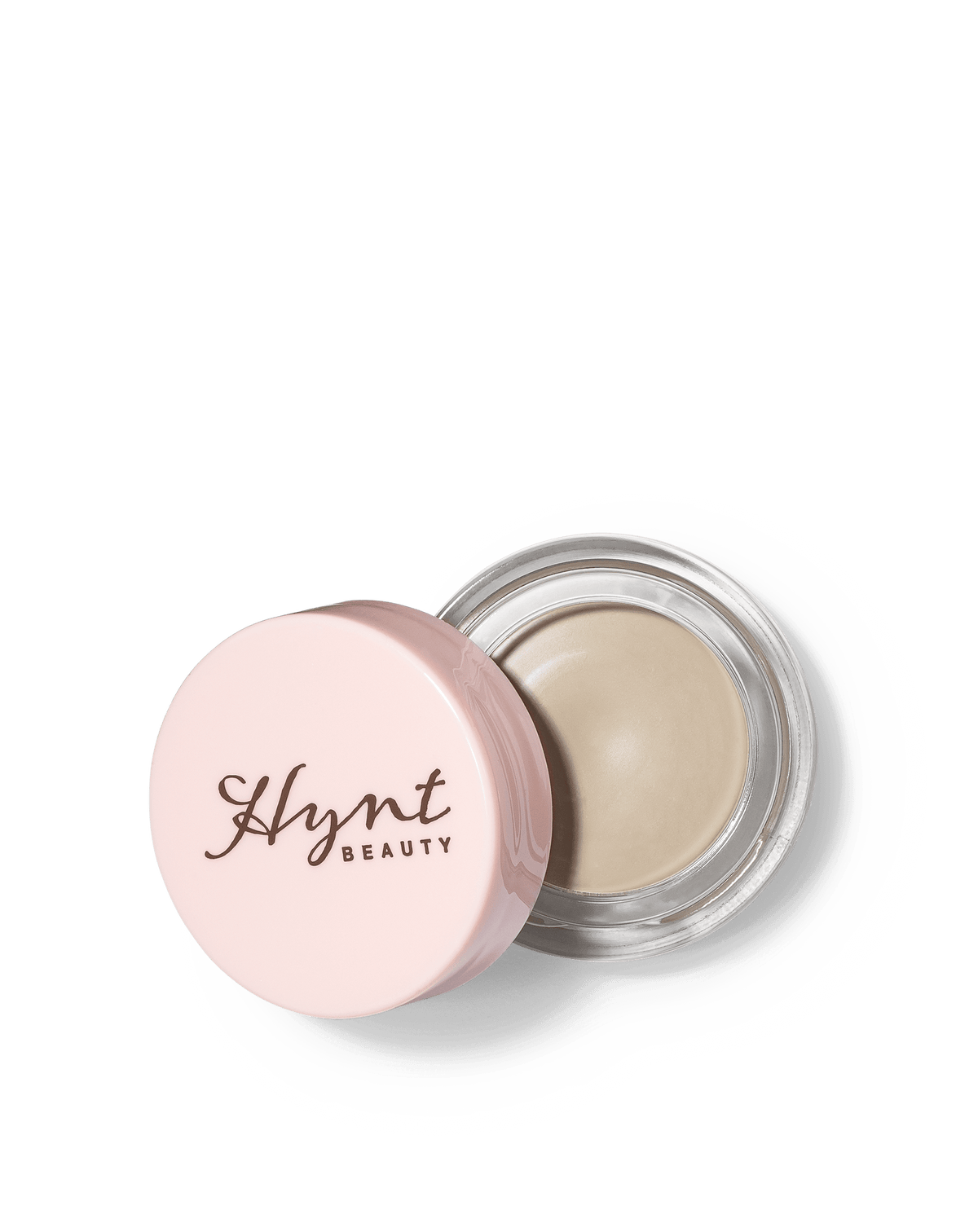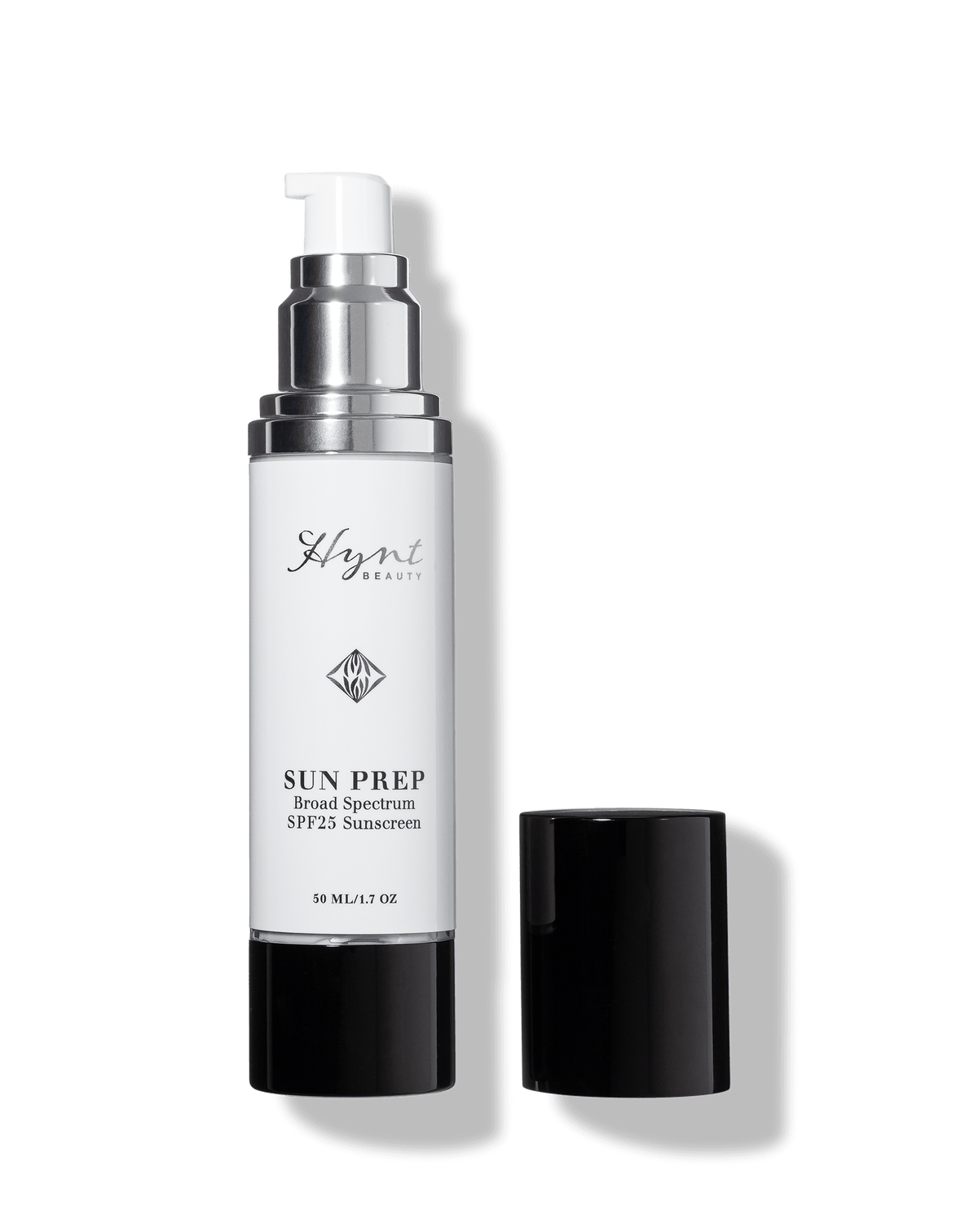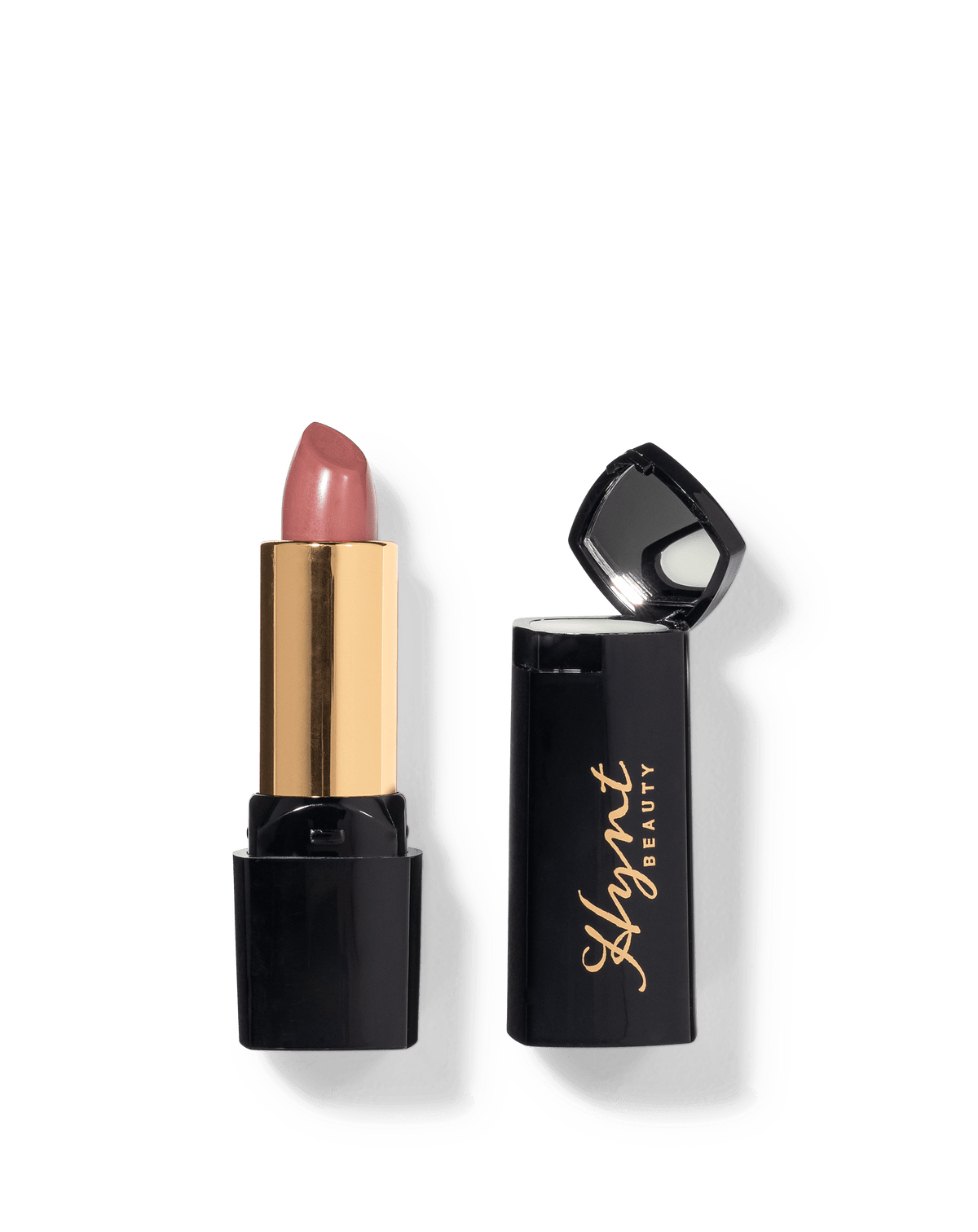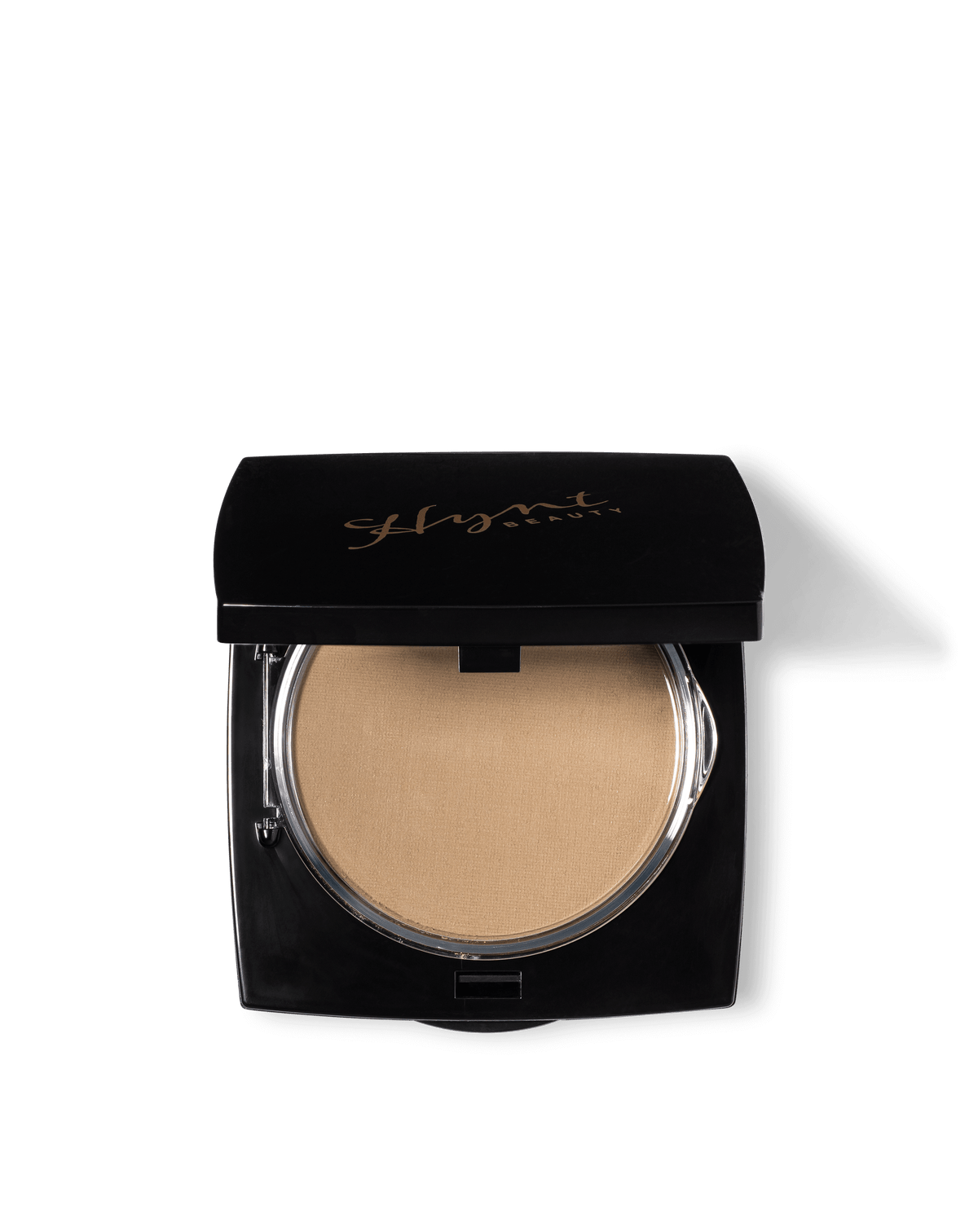 As we are all becoming more conscious of our health and environment, a lot of women are choosing to pursue a vegan-oriented lifestyle, rejecting animal-derived products from their diets and cosmetic cabinets, too. In an effort to help guide our animal-loving, eco-conscious and perhaps vegan clients navigate this aspect of the ingredient label, we've put together a list of 10 animal-derived ingredients commonly used in cosmetics so that you can make an informed purchasing decision the next time!The aim of this list is not to scare you away from these ingredients but to simply explain why they may be formulated into your lipstick or moisturizer and to give you a heads up in case you prefer to eliminate them from your makeup & skincare stash.Without further ado, here are the top 10 animal-derived ingredients that are common in the beauty industry:
As we are all becoming more conscious of our health and environment, a lot of women are choosing to pursue a vegan-oriented lifestyle, rejecting animal-derived products from their diets and cosmetic cabinets, too. In an effort to help guide our animal-loving, eco-conscious and perhaps vegan clients navigate this aspect of the ingredient label, we've put together a list of 10 animal-derived ingredients commonly used in cosmetics so that you can make an informed purchasing decision the next time!The aim of this list is not to scare you away from these ingredients but to simply explain why they may be formulated into your lipstick or moisturizer and to give you a heads up in case you prefer to eliminate them from your makeup & skincare stash.Without further ado, here are the top 10 animal-derived ingredients that are common in the beauty industry: 1. Bee-Derived Ingredients Buzzing little bees are the most industrious members of the animal kingdom. Honey, propolis and royal jelly are just some of the delicacies they produce on a daily basis. To clarify on the three types: Honey is the ambery nectar they store away as a food source for times of need, Propolis is the sticky glue that keeps their hives together; and Royal Jelly is the highly nutritious nectar fed to larvae for the first three days of their lives. All these ingredients have a cleansing effect on skin and improve the appearance of acne. Beeswax, which is obtained by melting honeycombs with boiling water, is also commonly used to give your lipsticks and compacts their solid shapes.2. Carmine What if we told you, that gorgeous red lipstick you've been eyeing...? Well, it's made with crushed bugs! You might think twice about spending $58 on it.The vivid red dye is collected from the crushed bodies of female cochineal beetles, tiny little insects that feed on red berries produced by cactus plants in Central and South America. The extract derived from the bug's body and eggs is then mixed with aluminium or calcium salts to make carmine dye (also known as cochineal).It takes approximately 70,000 insects, bred just for this purpose of getting crushed, to produce just a pound of dye! Icky factor aside, there is a more personal reason to avoid carmine, too. This ingredient has been linked to "potential allergic reactions in some people" which has prompted the FDA to require its disclosure on food and cosmetic labels. While this is a welcome step, we believe carmine should be avoided altogether.3. Collagen Collagen is the handy protein that keeps your skin looking firm and youthful. When you're young, collagen is found abundantly in your skin but sadly, its production significantly decreases as you age. Topical application in the form of a cream can't replenish the collagen you've naturally lost but used in moisturizers, they can help moisturize the skin and in lip glosses, they can help to pump up the appearance of volume. Nowadays, collagen is mostly made synthetically in the lab so you're not hurting any animals but not all companies have made that switch so it's good to be at least aware.
1. Bee-Derived Ingredients Buzzing little bees are the most industrious members of the animal kingdom. Honey, propolis and royal jelly are just some of the delicacies they produce on a daily basis. To clarify on the three types: Honey is the ambery nectar they store away as a food source for times of need, Propolis is the sticky glue that keeps their hives together; and Royal Jelly is the highly nutritious nectar fed to larvae for the first three days of their lives. All these ingredients have a cleansing effect on skin and improve the appearance of acne. Beeswax, which is obtained by melting honeycombs with boiling water, is also commonly used to give your lipsticks and compacts their solid shapes.2. Carmine What if we told you, that gorgeous red lipstick you've been eyeing...? Well, it's made with crushed bugs! You might think twice about spending $58 on it.The vivid red dye is collected from the crushed bodies of female cochineal beetles, tiny little insects that feed on red berries produced by cactus plants in Central and South America. The extract derived from the bug's body and eggs is then mixed with aluminium or calcium salts to make carmine dye (also known as cochineal).It takes approximately 70,000 insects, bred just for this purpose of getting crushed, to produce just a pound of dye! Icky factor aside, there is a more personal reason to avoid carmine, too. This ingredient has been linked to "potential allergic reactions in some people" which has prompted the FDA to require its disclosure on food and cosmetic labels. While this is a welcome step, we believe carmine should be avoided altogether.3. Collagen Collagen is the handy protein that keeps your skin looking firm and youthful. When you're young, collagen is found abundantly in your skin but sadly, its production significantly decreases as you age. Topical application in the form of a cream can't replenish the collagen you've naturally lost but used in moisturizers, they can help moisturize the skin and in lip glosses, they can help to pump up the appearance of volume. Nowadays, collagen is mostly made synthetically in the lab so you're not hurting any animals but not all companies have made that switch so it's good to be at least aware. 4. Emu Oil Used for centuries by the Australian aborigines to provide a sensation of healing to cuts and wounds, emu oil is now used to moisturize skin, and improve the appearance of wrinkles and acne. The oil is derived from a thick pad of fat on the back of the flightless emu bird, which was provided by nature to protect it from the extreme temperatures of its homeland. After the animal is killed for its meat, the oil is collected and sold at high prices for its moisturizing and beautifying properties. If you're switching to a cruelty-free beauty routine, emu oil is one of the first products you should ditch.5. Guanine Ever wondered what makes your eyeshadows, blushes and nail polishes sparkle so beautifully? The ingredient responsible for the shimmering effect is guanine, a crystalline, light-diffusing material found in fish scales. After the fish have died, their scales are scraped off their bodies and soaked in alcohol to give them a pearly glow. Although the idea of slathering on crushed fish scales may not appeal to everyone, guanine is generally considered safe for use in cosmetics by the FDA.
4. Emu Oil Used for centuries by the Australian aborigines to provide a sensation of healing to cuts and wounds, emu oil is now used to moisturize skin, and improve the appearance of wrinkles and acne. The oil is derived from a thick pad of fat on the back of the flightless emu bird, which was provided by nature to protect it from the extreme temperatures of its homeland. After the animal is killed for its meat, the oil is collected and sold at high prices for its moisturizing and beautifying properties. If you're switching to a cruelty-free beauty routine, emu oil is one of the first products you should ditch.5. Guanine Ever wondered what makes your eyeshadows, blushes and nail polishes sparkle so beautifully? The ingredient responsible for the shimmering effect is guanine, a crystalline, light-diffusing material found in fish scales. After the fish have died, their scales are scraped off their bodies and soaked in alcohol to give them a pearly glow. Although the idea of slathering on crushed fish scales may not appeal to everyone, guanine is generally considered safe for use in cosmetics by the FDA. 6. Lanolin Did you know that sheep can stay out in the cold and rain for hours without actually feeling the cold? That's because of lanolin, a thick and greasy yellow substance secreted by their sebaceous glands to waterproof their bodies. The waterproof properties of lanolin make it incredibly moisturizing for us humans, too. Lanolin creates a barrier on the skin that keeps it feeling hydrated, maintaining a feel of soft and supple skin even in harsher weather.Even more important, the collection of lanolin doesn't harm the animal in any way. Once the sheep are sheared, lanolin is extracted from their wool before it is washed and processed. The purifying process is a relatively recent step in the manufacturing of lanolin for the cosmetic industry. It became necessary after the introduction in farming of pesticides, which clung to the material and caused reports of allergic reaction.Unfortunately, the bad reputation as allergen still sticks to lanolin, but nowadays the likelihood of it causing serious problems is very low. Obviously not vegan but at least it is not cruel.7. Retinol A form of vitamin A, retinol is considered the gold standard in anti-aging by dermatologists, improving the appearance of wrinkles and signs of premature skin aging. Although retinol can be derived from foods of animal origin, most skincare companies have switched to the synthetic type for their formulations. Thank goodness.
6. Lanolin Did you know that sheep can stay out in the cold and rain for hours without actually feeling the cold? That's because of lanolin, a thick and greasy yellow substance secreted by their sebaceous glands to waterproof their bodies. The waterproof properties of lanolin make it incredibly moisturizing for us humans, too. Lanolin creates a barrier on the skin that keeps it feeling hydrated, maintaining a feel of soft and supple skin even in harsher weather.Even more important, the collection of lanolin doesn't harm the animal in any way. Once the sheep are sheared, lanolin is extracted from their wool before it is washed and processed. The purifying process is a relatively recent step in the manufacturing of lanolin for the cosmetic industry. It became necessary after the introduction in farming of pesticides, which clung to the material and caused reports of allergic reaction.Unfortunately, the bad reputation as allergen still sticks to lanolin, but nowadays the likelihood of it causing serious problems is very low. Obviously not vegan but at least it is not cruel.7. Retinol A form of vitamin A, retinol is considered the gold standard in anti-aging by dermatologists, improving the appearance of wrinkles and signs of premature skin aging. Although retinol can be derived from foods of animal origin, most skincare companies have switched to the synthetic type for their formulations. Thank goodness. 8. Shellac After performing their procreative duties, male lac beetles fly away while females stay behind to keep an eye on their larvae. To ensure they come to no harm, the larvae are further protected by a resin secreted by their parents. This resinous glaze is called Shellac and is often used to give nail polishes their lacquered finish.9. SqualeneSharks have a bad rep for being rather cruel to all the other fish in the sea but that's no excuse for us to endanger their existence just for vanity purposes! At least they do it to survive. Squalene is shark liver oil and yup, we get it by squeezing the oil out from their livers! It is commonly used in skincare to moisturize skin. Thankfully, the outrage caused by squalene has led to the development of vegetable squalene, which is made without harming these marine predators.
8. Shellac After performing their procreative duties, male lac beetles fly away while females stay behind to keep an eye on their larvae. To ensure they come to no harm, the larvae are further protected by a resin secreted by their parents. This resinous glaze is called Shellac and is often used to give nail polishes their lacquered finish.9. SqualeneSharks have a bad rep for being rather cruel to all the other fish in the sea but that's no excuse for us to endanger their existence just for vanity purposes! At least they do it to survive. Squalene is shark liver oil and yup, we get it by squeezing the oil out from their livers! It is commonly used in skincare to moisturize skin. Thankfully, the outrage caused by squalene has led to the development of vegetable squalene, which is made without harming these marine predators. 10. Snail Extract How can snails slither all over twigs and rocks without cutting their tiny, squishy bodies? The answer lies in the slimy trail they leave behind, which is full of moisturizing proteins and glycolic acids. Snail slime (listed as snail secretion filtrate on labels) is currently all the rage in Korea for its ability to make skin feel soft and hydrated but the way it is collected is far from cruelty-free.In order to produce the enormous amount of snail extract needed to meet the demands of the cosmetic industry, snails are constantly stressed into releasing their slime. With all the plethora of moisturizing ingredients available to us today, why choose snail slime?We hope this list will help our vegan clients keep any undesirable animal-derived ingredients off their beauty stashes. Beauty is a pleasure that should never turn into pain for anyone, human or animal.
10. Snail Extract How can snails slither all over twigs and rocks without cutting their tiny, squishy bodies? The answer lies in the slimy trail they leave behind, which is full of moisturizing proteins and glycolic acids. Snail slime (listed as snail secretion filtrate on labels) is currently all the rage in Korea for its ability to make skin feel soft and hydrated but the way it is collected is far from cruelty-free.In order to produce the enormous amount of snail extract needed to meet the demands of the cosmetic industry, snails are constantly stressed into releasing their slime. With all the plethora of moisturizing ingredients available to us today, why choose snail slime?We hope this list will help our vegan clients keep any undesirable animal-derived ingredients off their beauty stashes. Beauty is a pleasure that should never turn into pain for anyone, human or animal.




0 comments